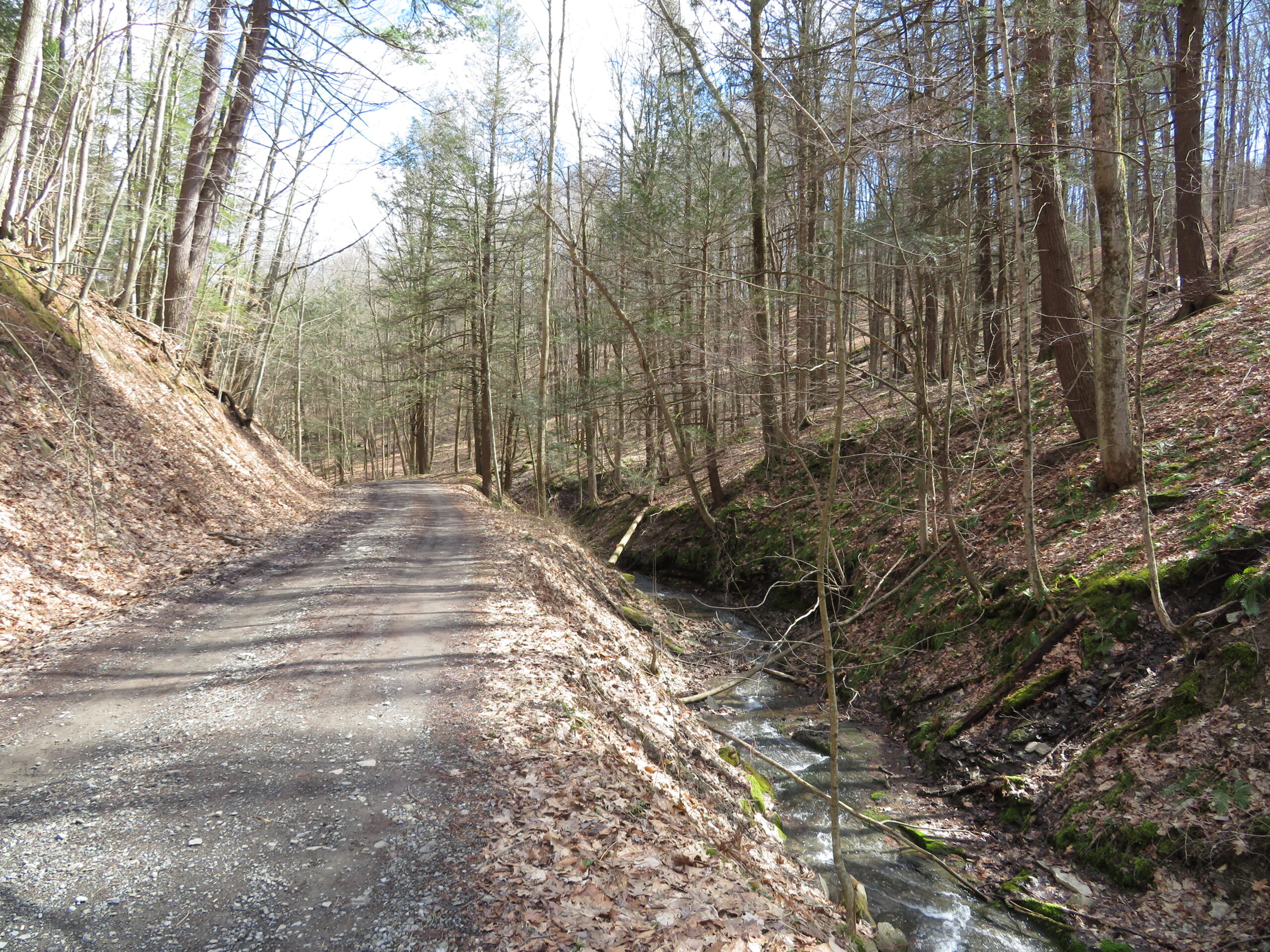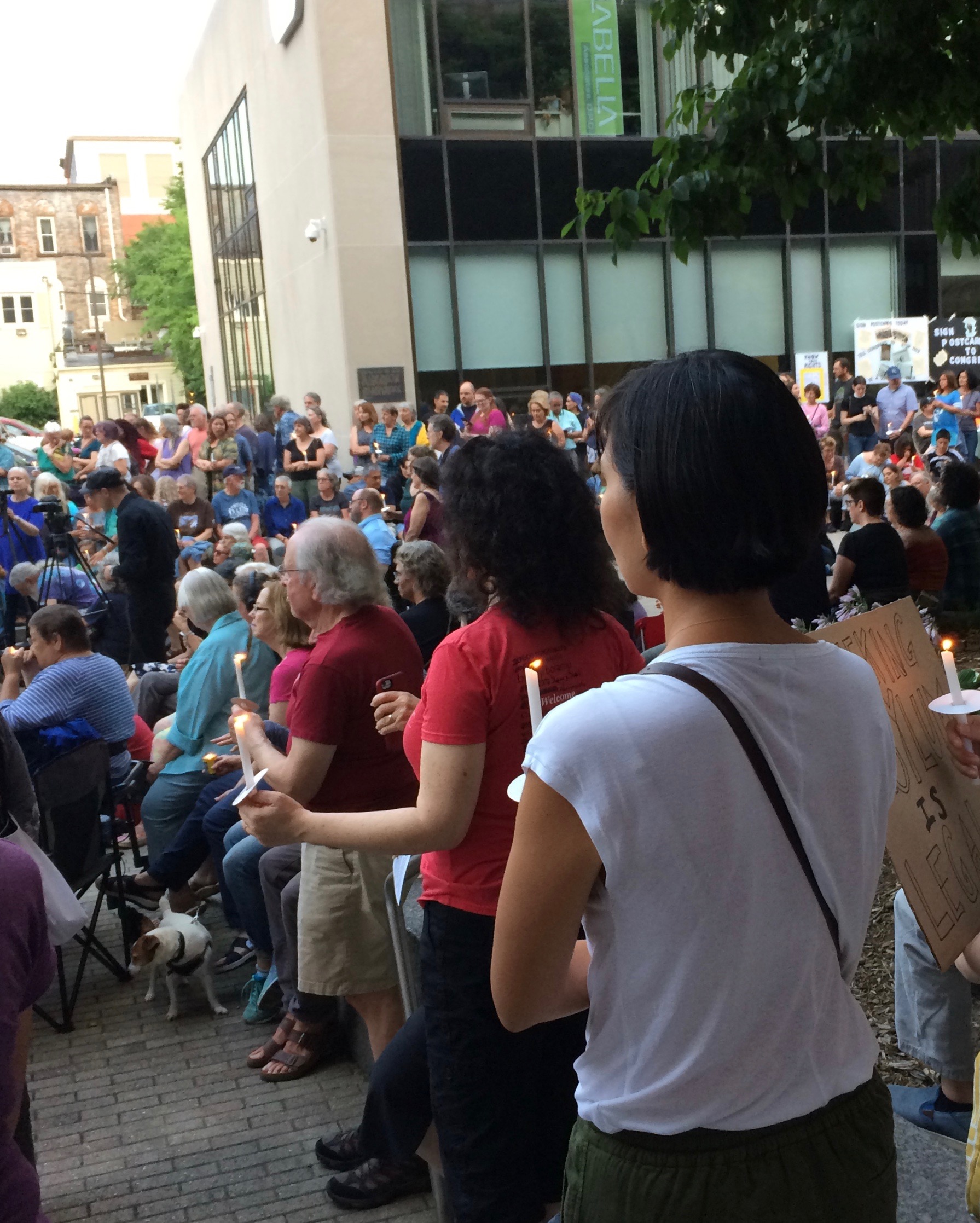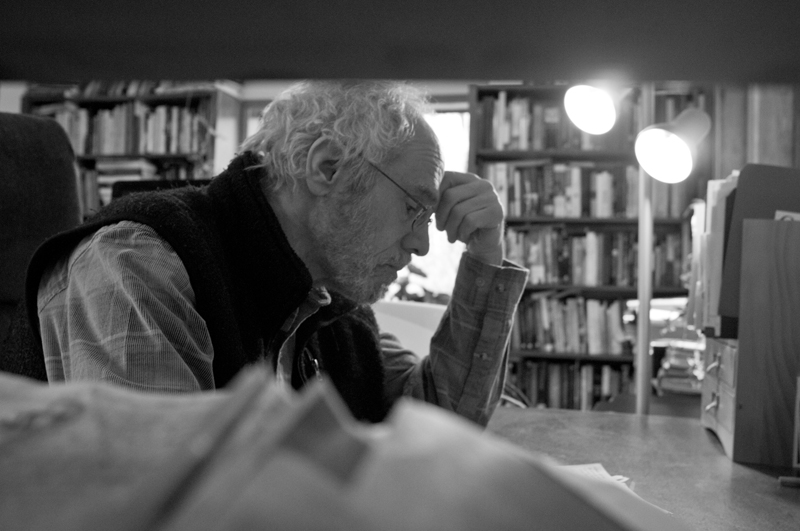Three different pieces for you:
The first piece is a review of an article giving a detailed history of how a manufactured crisis in education and the undermining of American literacy might have led to the Republican administration. The second is an announcement of one of my blogs being published by the Good Men Project. The third is a link to a review of my book by Dr. Dave Lehman.
*Many people have said to me “I don’t understand the avid supporters of this President and his administration and can’t talk with them.” These Republican supporters “do not listen to facts,” and seem to be condoning the undermining of their own freedom, rights, and economic position. Many theories have been brought forth to explain this behavior: the fact of a tribalization of the news, so each group only listens to its own brand of news. The racism, anti-semitism, and misogyny inherent in our culture. Blaming the leftists and liberals for not listening to these people (and daring to have a different perspective). Not speaking the language and mythology of the right wing.
However, there is another interesting viewpoint: Did a long history of politically and economically manufactured crises, both in education and throughout our culture, cause increasing insecurity and illiteracy, and decreasing critical thinking, and thus lead to the new Republican administration?
An article in Salon.com by Henry Giroux raises this issue very cogently. It is called: Manufactured illiteracy and miseducation: A long process of decline led to President Donald Trump. At first, I thought the article was another attack on public education, blaming schools and teachers for the US political crisis. Not so.
Diane Ravitch, in her book Reign of Error, and Naomi Klein, in The Shock Doctrine, first provided me with this analysis. Starting with the Reagan years, public schools have been under attack, sometimes by the Federal government itself, often by private economic interests and the politicians who supported them, certainly in many media. For example, A Nation At Risk, a report issued by the Reagan administration in 1983, claimed public education and teachers were responsible for everything from a declining college graduation rate to the loss of manufacturing jobs. It said, “If an unfriendly foreign power had attempted to impose on America the mediocre educational performance that exists today, we might well have viewed it as an act of war.” It said graduation rates, SAT scores, etc. were decreasing—all of this was later proved untrue. Academic achievement from 1975 to 1988 was actually improving, and not only for middle class white Americans. The divide in academic achievement between rich and poor was diminishing. But the A Nation At Risk report was just the beginning of the attack.
Giroux points out how the supposed reform movement led by elements of both major political parties called for “teaching to the test,” increased “accountability” (or decreased flexibility, creativity, and freedom for teachers to meet the individual needs of students), national standardization, corporate-produced tests and lesson plans, and the weakening of unions—all leading to “a frontal assault on the imagination of students” and the attempt to create corporate “pedagogies of repression.” Even in universities, knowledge has been increasingly viewed as a commodity, where the “culture of business” has become “the business of education.” Of course, many teachers are doing their best to fight this deformation of education.
The Republican administration, says Giroux, is now engaged in a frontal attack on thoughtfulness and compassion. Everyone and everything is valued mainly as a commodity and a source of profit. At the same time, Republicans provide their oppressed supporters with the illusion that those who impose “misery and suffering on their lives” are actually their liberators. What blinds them to the reality of their situation is what binds them together. (Newspeak, “consciously to induce unconsciousness,” 1984?)
You might want to read the whole article.
*In the gym yesterday, one of the younger men, in his late twenties, turned off CNN on the tv monitors above the elliptical machines and stationary bikes. He said, “I am sick of watching politics.” I understand how the news has become too disturbing for many to watch. But for this man, the news itself was political; facts were opinions or political statements, not statements about what was real…
This blog post was originally published here five weeks ago and was just re-published, in an edited form, by the Good Men Project. Here is a link you can use to read the rest of the piece.
*Dr. Dave Lehman, the founding principal of the Lehman Alternative Community School, in Ithaca, N. Y., where I taught for 27 wonderful years, wrote a review of my book, Compassionate Critical Thinking: How Mindfulness, Creativity, Empathy, and Socratic Questioning Can Transform Teaching. The review was published in the National School Reform Faculty, Connections. Here is a link. (Thank you Dr. Dave.)
*Photo by Kathy Morris
**Thank you to Jill Swenson who sent me the Salon.com article.








